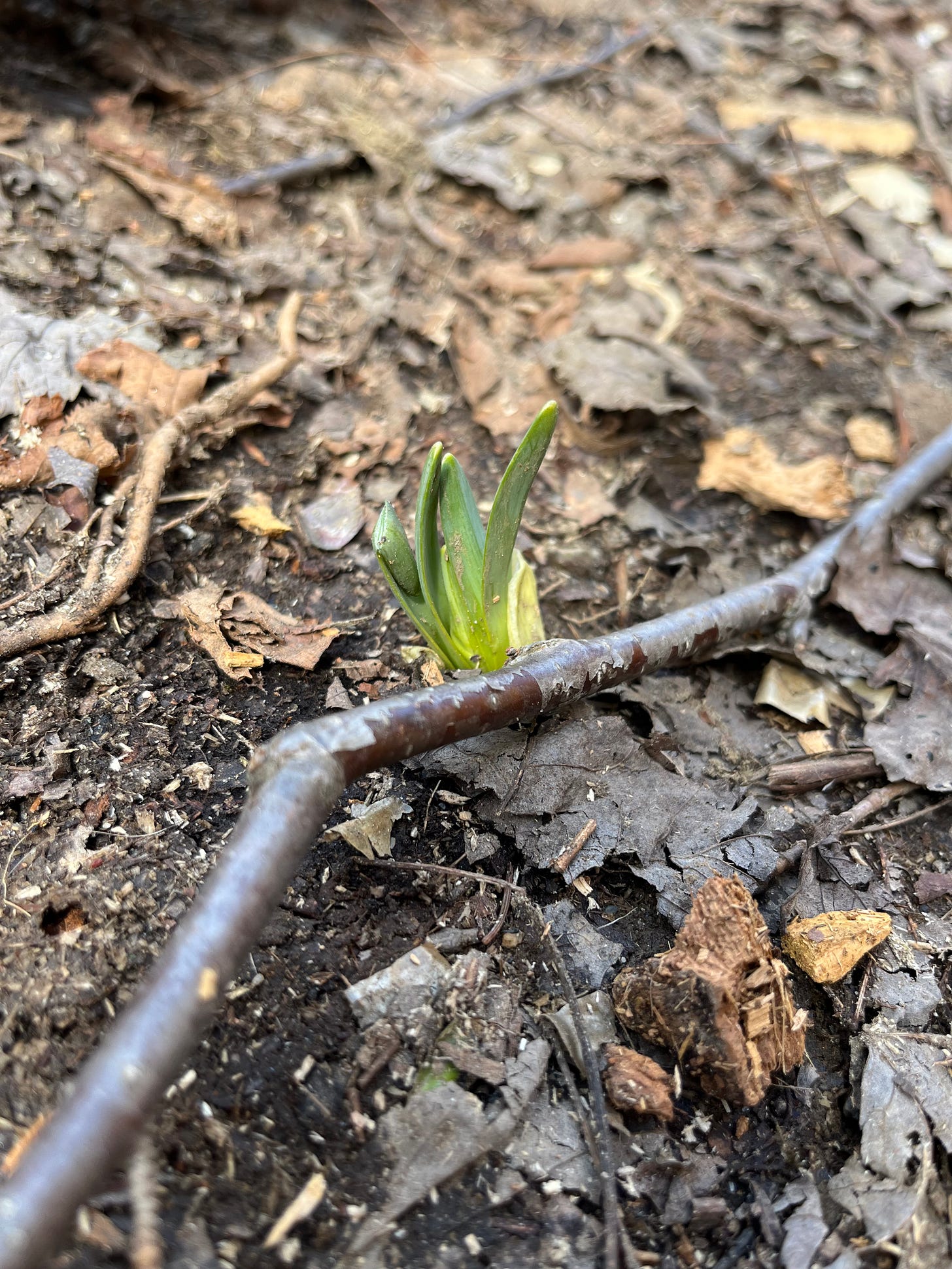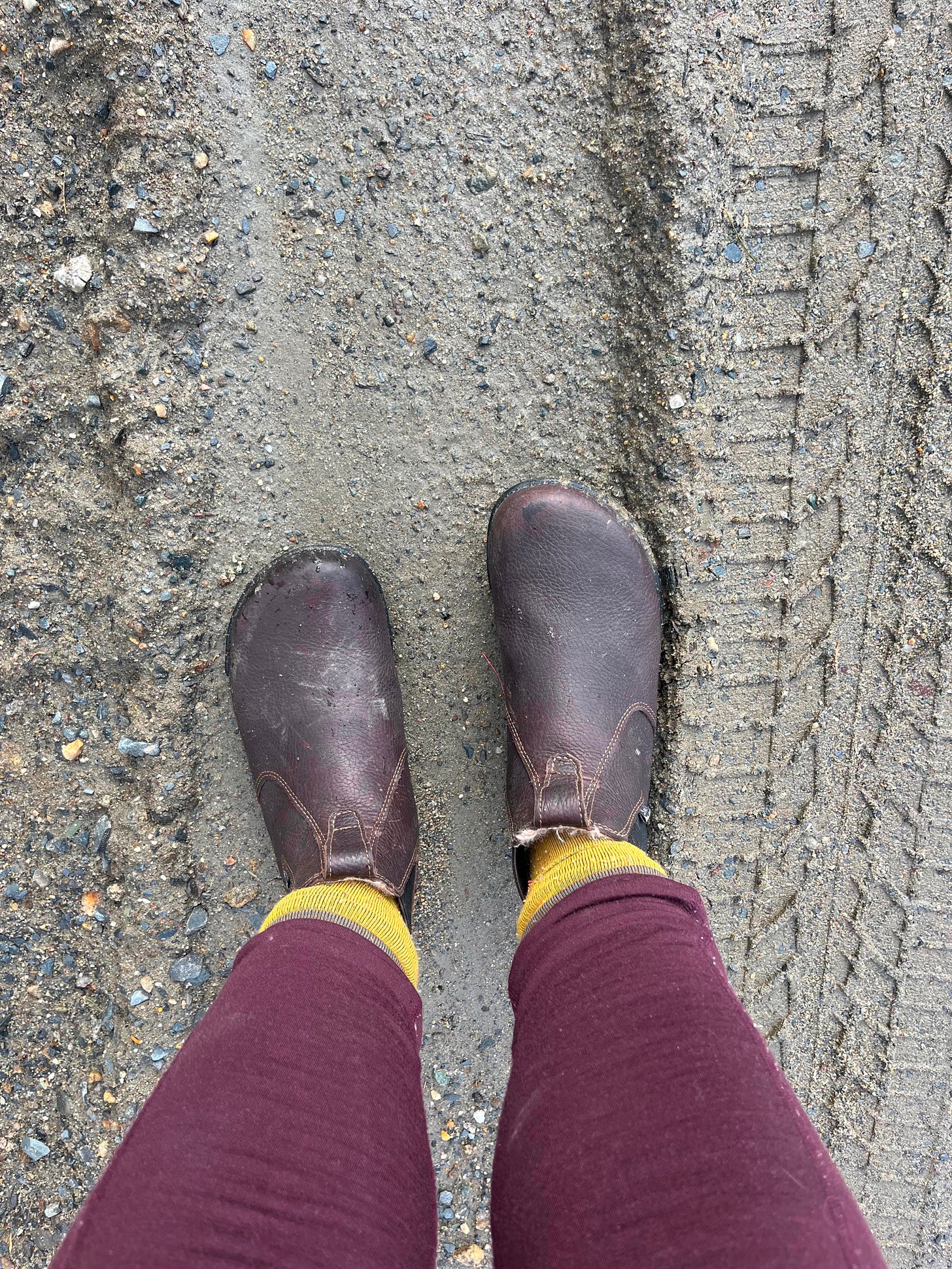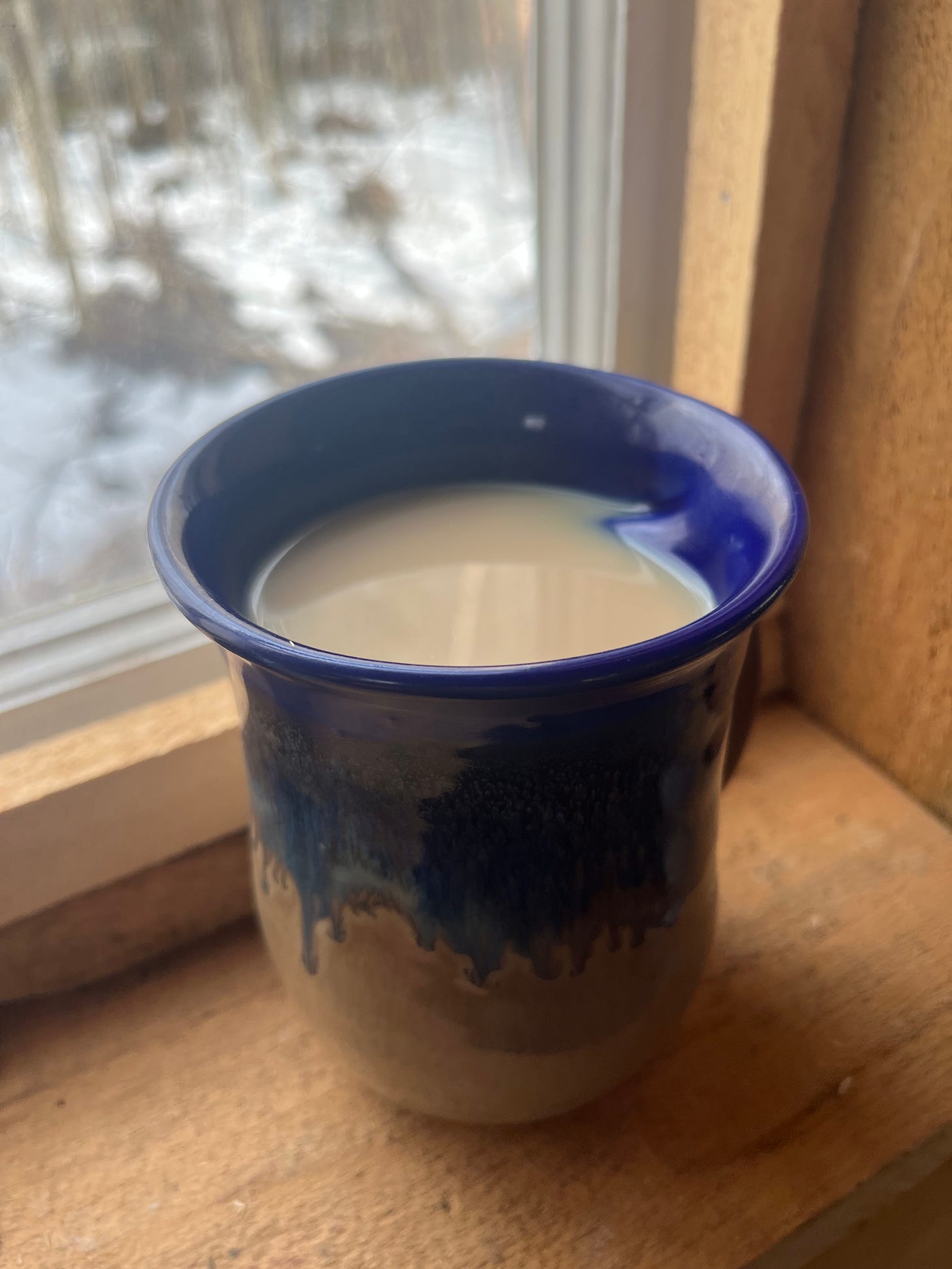The first day of spring is behind us, and a few hours south flowers are likely shooting up while people prep their vegetable beds. But winter keeps a tight hold on northern New England, and true spring doesn’t really arrive here until the middle of April—and a freak spring snowstorm can always blow in and derail everything.
Some say that we Vermonters have five seasons, while others insist on six. Of course, we have spring, summer, fall and winter, as much of the rest of the world does. But in addition, we have mud season, also known as sugaring season, as well as a possible sixth liminal time between fall and winter known by many as stick season.
Here, beyond the mid-point of March and with the spring equinox just past, we are right in the midst of the glorious and chaotic mess of mud season. Our boots are encrusted with muck, our floor is littered with dried grit that has come off said boots, and our children’s rain gear is constantly shedding dirt. Outside, the snowmelt is beginning to reveal the inglorious detritus of last autumn, as well as those things that we didn’t manage to put away before the first snowfall. Our road is a series of soft ruts and ridges that occasionally freeze back up overnight into a frosty menace. Car rides currently feel like a cross between a roller coaster and riding a lame horse.
Yet we know that this is how Vermont ushers in spring, so we are all watching the progress of the melting snow with anticipation. The other day, our youngest son took a solo walk down to our wetland and returned an hour later, flushed and excited, to inform me that almost all the snow there had melted, and that the pond is currently five times its normal size. The wetland gets the most intense direct sun on our property, and has a stream that moves through it, so the ground appears first there; but parts of our driveway are clear now as well. We are beginning to wonder how soon we will see the forest floor again. Will the wild ramps that we transplanted last spring return with the springtime gift of their pungent leaves? When will the snowdrops poke their green shoots upward? What about the daffodils?
In the interim, Vermont provides us with a sweet way to pass the days, which is why sugaring season might be a more generous name than mud season for this time of year. Just when everyone’s spirit wearies of winter, our children have been tramping enthusastically out over the softening snow that constantly threatens to sink under their weight. First they went out early in the month with hand drill and pails to tap the larger maple trees near our cabin. Now they head out several times each day with a bigger bucket to empty the fresh sap and bring it indoors.
When days are warm and sunny and nights frosty, the sap flows fast and generously, and we fill all our big Ball jars with the clear sweet stuff, quaffing it as quickly as it drips into our pails.
Although we have dabbled in making maple syrup in the past, it can be a daunting project to take on without specialized equipment. It can take up to fifty gallons of sap for one gallon of syrup! So we are keeping it simple this year by drinking the clear, slightly sweet sap without boiling it down. So many local farms sell syrup, and it is easy to come by all year long, but the fresh spring tonic of the sap is a truly seasonal treat. Maple sap is full of minerals, nutrients, enzymes, antioxidants, and phenols among other things. It is our northern woodlands version of coconut water, nature’s electrolyte beverage. It quenches our thirst and prepares our bodies for the changing of the seasons.
On the days when the sun is out and spring is in the air, we funnel the sap into our Soda Stream bottles, carbonate it, and drink it thirstily, sometimes with a squeeze of lemon or a splash of cranberry. When the evenings bring back the chill of winter and the thermometer drops below freezing again, we simmer the sap with chunks of chaga mushroom harvested from a birch tree on our land.

The chaga helps support our immune response to all the illnesses that seem to emerge at this time of year, the sap reduces a little bit, and the resulting tonic is as dark as coffee.
It is slightly tannic, pleasantly sweet, and simply delicious with a splash of cream or mixed with steamed milk. I don’t drink caffeine, so I have been both starting and ending my day with maple chaga, and I often pour a mug for an afternoon pick-me-up as well.
Wherever you are, I hope you are enjoying longer days and warmer sunshine, and finding sweet ways to mark the shifting of the seasons.









